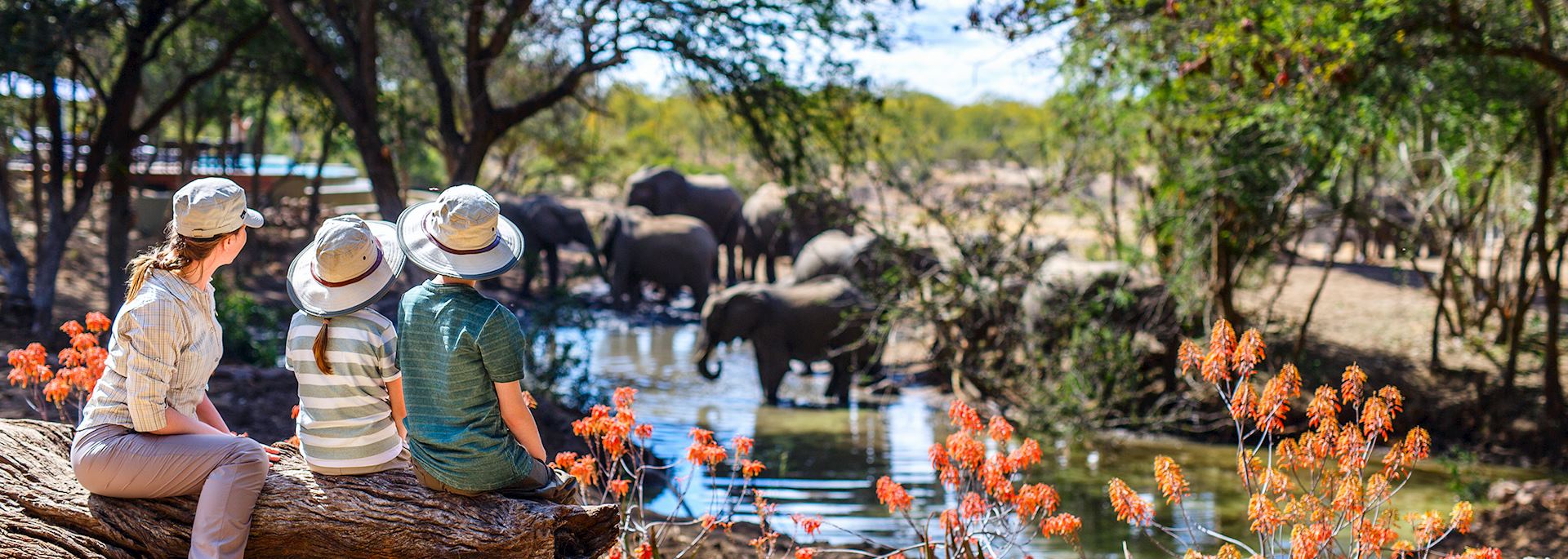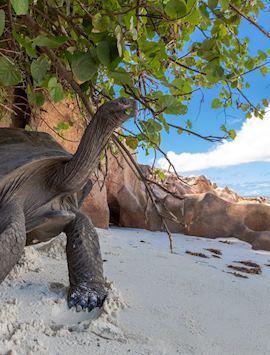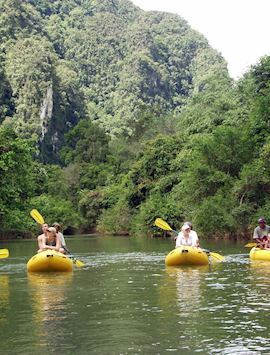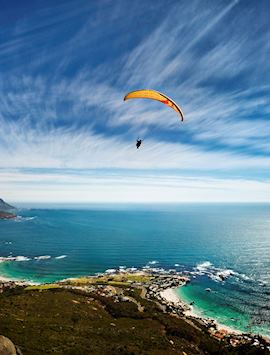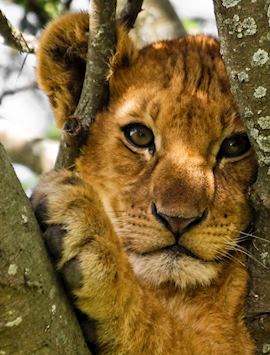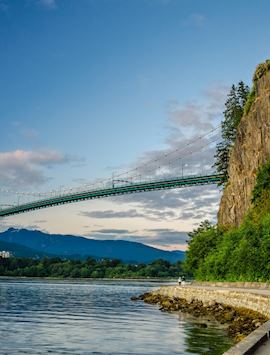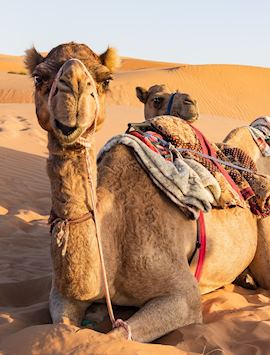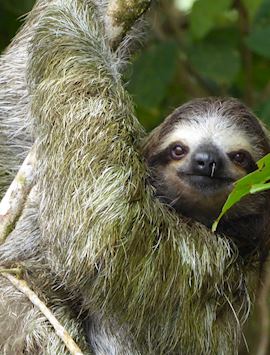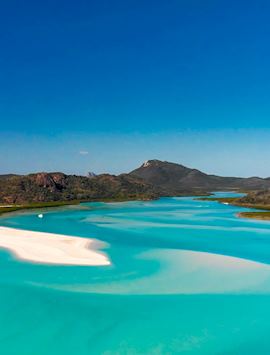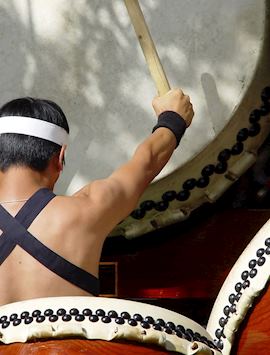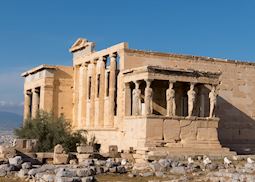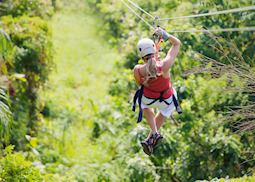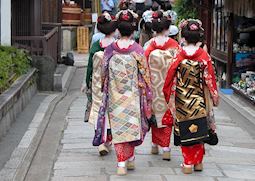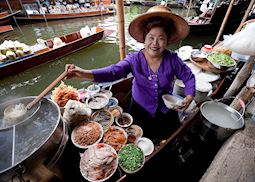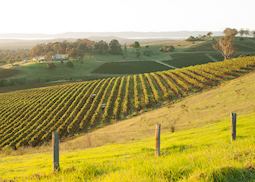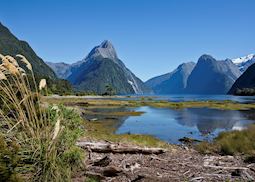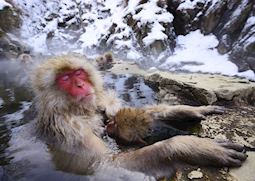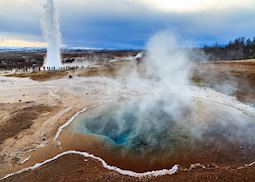Family time is a precious commodity, and our family holidays help you make the most of being together. We’ll work with you to create moments you’ll be talking about for years to come. But, we also know there’s a lot to consider when you travel with family, which is why we make travelling easy.
Your dedicated specialist will take care of all the details of your family trip, so you don’t have to. They’ll find out what your family wants then build a trip that’s shaped around you. That includes suggesting experiences you can all enjoy and adapting them by age and interest.
We’ll secure the accommodation you need, from interconnecting rooms to your choice of facilities. And, we make getting around as smooth as possible. You set the pace, and we provide the best-suited vehicles and minimise travel times as much as possible. It all adds up to a trip that’s seamless and safe, and an experience your family will carry with you long after you’ve returned home.

Put your family trip in the hands of an expert, who’ll shape everything around you
-
01993 838 92501993 838 925
- Make an enquiry
Trip ideas for your family holiday
When we come to creating your trip, you and your family can choose every aspect. These routes and experiences are just for inspiration — because your trip will be uniquely yours.
Recommended destinations for a family holiday
Where will your family trip take you? Wherever you choose, your specialist is there to help you explore in the most meaningful way — together. These destinations work really well for families and are a taster of where we can take you.
Travel experts your family can trust
Our expert guides for family holidays
Inspired by their own travels, our specialists have created these guides to spark your imagination and show you what's possible for your family holiday. They suggest the best experiences and family-friendly hotels, as well as practical advice like when to travel.
-
7 best family holiday ideas ![Bullet train passing Mount Fuji]()
7 best family holiday ideas
7 best family holiday ideas
Whether your family enjoys being active in the great outdoors, loves wildlife, or likes to get hands on with cultural immersion, we can create a trip that fits each of your interests. Find inspiration for your next trip among our pick of the best destinations for families.
Read this guide -
Best family holidays in Italy ![Carnival mask, Venice]()
Best family holidays in Italy
Best family holidays in Italy
Home to pizza, pasta, and pool villas, as well as gladiators and gelato, Italy's ideal for family holidays. Here, specialist Laura offers her top suggestions for the best experiences and hotels for a family trip to Italy.
Read this guide -
Family holidays to Japan ![Snow monkeys of Yudanaka]()
Family holidays to Japan
Family holidays to Japan
A futuristic and vibrant country, Japan is a destination that appeals to family members of all ages. Safe, clean and with a good infrastructure, there are plenty of ways to explore. Japan specialist, Jake, talks us through how to get the most of your family holiday in Japan.
Read this guide -
Best family holidays in Costa Rica ![Brown-throated sloth, Pacaya Samiria Reserve]()
Best family holidays in Costa Rica
Best family holidays in Costa Rica
From the rainforests of Arenal Volcano to wildlife experiences in Tortuguero National Park and the surf breaks of Tamarindo, Costa Rica is ideal for families. Specialist Nik gives his advice on activities, hotels, and travel logistics for a family trip to Costa Rica.
Read this guide -
Family holidays to Canada ![Algonquin Provincial Park, Ontario]()
Family holidays to Canada
Family holidays to Canada
Whether you’re visiting the east or the west, Canada offers a wealth of things to do for families, from helicopter rides over Niagara Falls to whale watching around Vancouver Island. Canada specialist Kayleigh outlines her ideas for a memorable family holiday in Canada.
Read this guide -
Family holidays in Thailand ![Khao Sok National Park,Thailand]()
Family holidays in Thailand
Family holidays in Thailand
It's hard to imagine a more family-friendly destination than Thailand. Family traditions are deeply revered in the country and the Thais have a natural affinity with children. Here, we present a few of our favourite family-friendly places and activities.
Read this guide -
Family holidays in Iceland ![Geysir Geothermal Area, Golden Circle]()
Family holidays in Iceland
Family holidays in Iceland
If your family loves outdoor adventure, animal encounters, and interactive museums, look no further than Iceland, says specialist Cara. She shares her guide to family travel to Iceland, from the best experiences and stays to how to get around.
Read this guide -
Family holidays in Australia ![Diving in Great Barrier Reef, Australia]()
Family holidays in Australia
Family holidays in Australia
Country specialist Amanda explains why holidays in Australia are ideal for families. She shares her pick of where to go, from Sydney to national parks such as Kakadu, as well as suggestions for exploring Queensland’s rainforest and the Great Barrier Reef.
Read this guide
